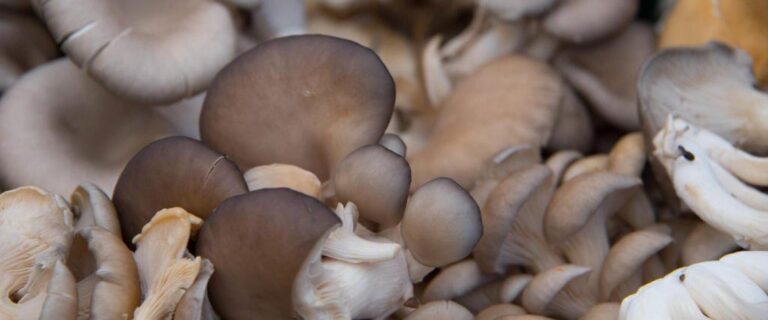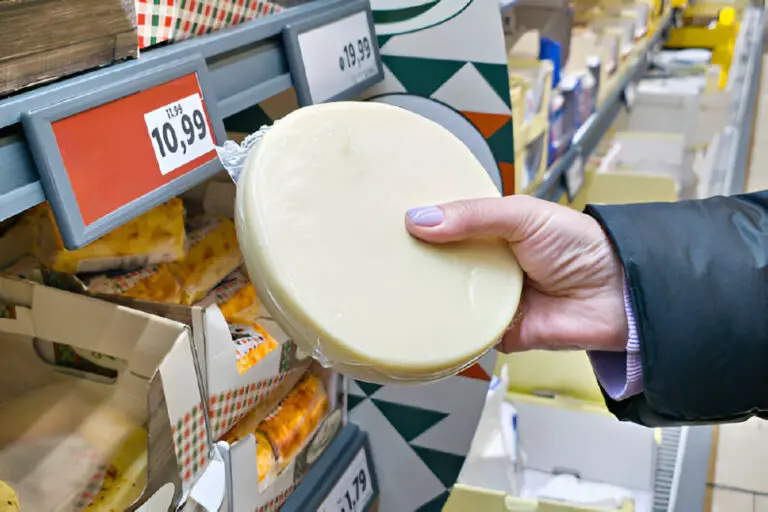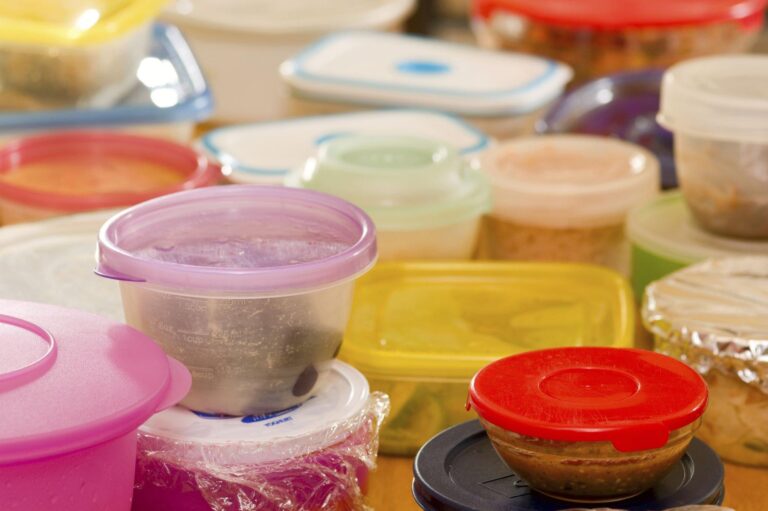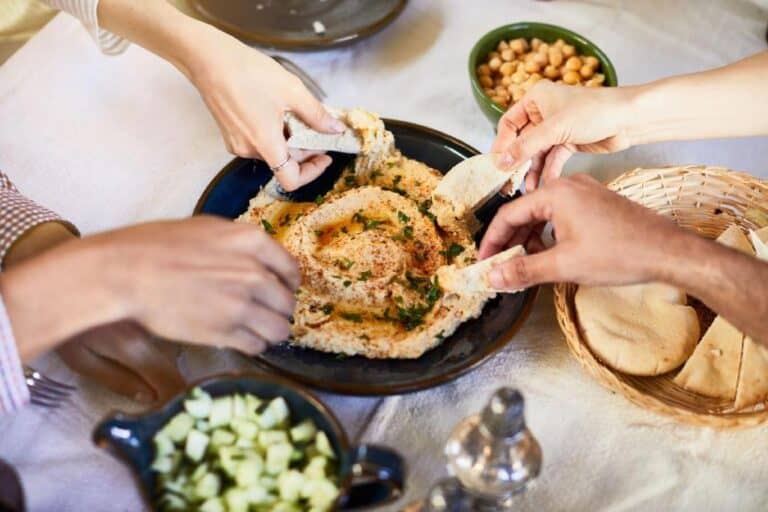Are Raw Green Beans Poisonous? Is It Safe to Eat Them?
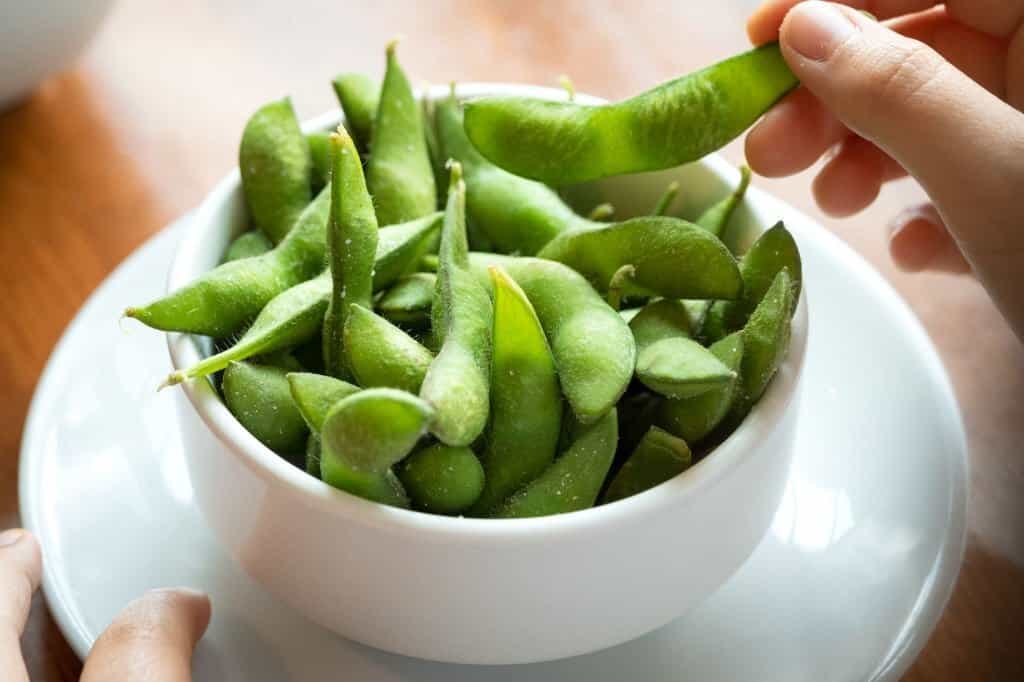
Eating raw green beans may not be something you do regularly, but you may be surprised to learn that it can actually be good for you.
Raw green beans, also known as string beans, are a low calorie food and a good source of fiber. They also contain vitamins A, C, and K. So, next time you’re looking for a healthy snack, reach for some raw green beans.
So, are raw green beans poisonous? No, raw green beans are not poisonous if consumed in moderate quantities. There are also some potential toxins that cause gastrointestinal distress if consumed in large quantities.
Green beans contain a compound called solanine, which can cause nausea, vomiting, and diarrhea if consumed in large amounts. Solanine is found in all members of the nightshade family, which includes tomatoes, potatoes, and eggplants.
Even though there have been no reports of getting sick from eating raw green beans, it is best to cook them before eating them.
The Advantages of Consuming Raw Green Beans
Many people like green beans as a vegetable to eat raw. They are often used in salads, as they add a crunchy texture and a fresh flavor.
Eating raw green beans is good for you. It is a healthy way to get your vegetables, as they are not cooked and thus retain all of their nutrients. Raw green beans are also low in calories, making them a great choice for those watching their weight. In addition, green beans are high in fiber, which helps to keep you regular.
There are many benefits to eating raw green beans. Raw green beans are a great source of fiber and vitamins A, C, and K. They are also low in calories and have no fat or cholesterol.
Equally important, raw green beans are a good source of folic acid. Raw green beans also contain antioxidants, which may reduce your risk of cancer, heart disease, and stroke.
Dietary Information for Raw Green Beans
Green beans are a low-calorie food that is high in nutrients. A one-cup serving of green beans has only 31 calories and provides 1.8 grams of protein, 2.7 grams of fiber, and 20% of the daily recommended amount of vitamin C. Green beans are also a good source of folate, potassium, and magnesium.
In addition to being low in calories, green beans are also a good source of energy. One cup of green beans provides 8% of the daily recommended amount of carbohydrates. Green beans are also a good source of protein, with 4 grams per cup.
| Serving Size : 100 g cup 1/2″ pieces (100 g) | |
| Nutrient | Value |
| Water [g] | 90.32 |
| Energy | 31.00 |
| Energy [kJ] | 131.00 |
| Protein [g] | 1.83 |
| Total lipid (fat) [g] | 0.22 |
| Ash [g] | 0.66 |
| Carbohydrate, by difference [g] | 6.97 |
| Fiber, total dietary [g] | 2.70 |
| Sugars, total including NLEA [g] | 3.26 |
| Sucrose [g] | 0.36 |
| Glucose (dextrose) [g] | 1.51 |
| Fructose [g] | 1.39 |
| Starch [g] | 0.88 |
Which Is Healthier, Raw or Cooked?
However, raw green beans also contain lectins. Lectins are a type of protein that can bind to cells in the gut and cause inflammation.
Cooking green beans reduces the number of lectins present. This makes them easier to digest and helps reduce the risk of gut inflammation. Cooking also increases the availability of some nutrients, such as carotenoids and vitamin C.
Green beans are a healthy food, regardless of whether they are eaten raw or cooked. Both methods have advantages and disadvantages that should be considered when making a decision about how to eat them.
Ways to Cook Raw Green Beans
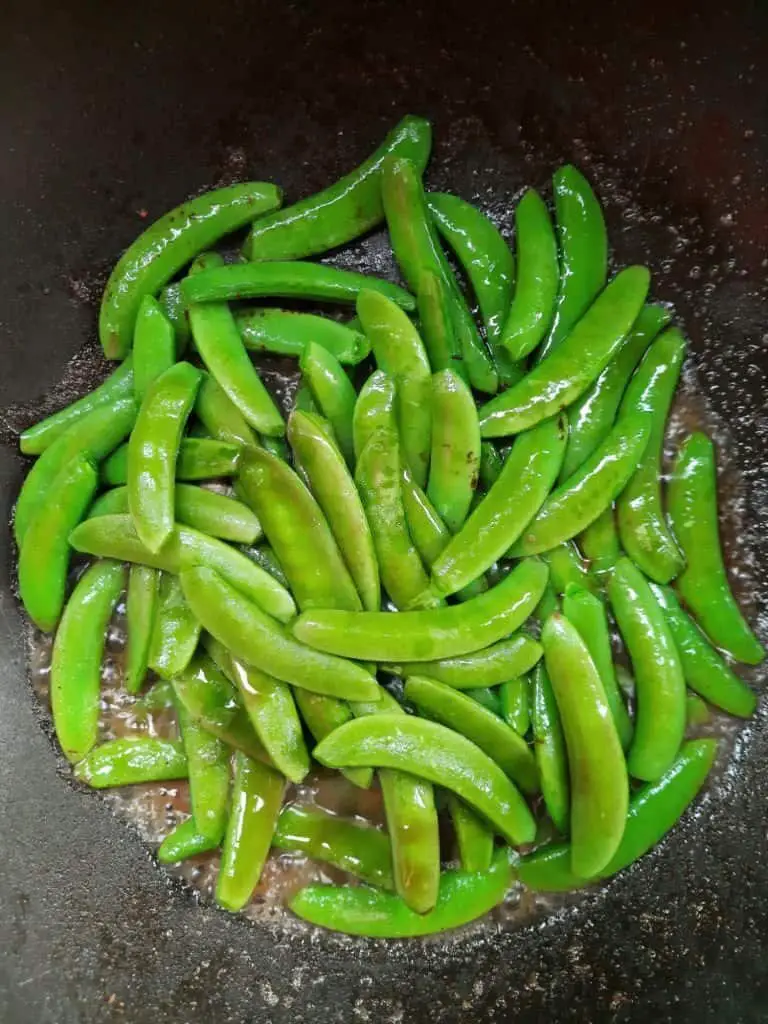
Cooking green beans is easy, and there are a lot of different ways to cook them. The best way to cook green beans is by steaming them, but you can also boil, sauté, or roast them if you prefer.
One of the most popular ways to cook raw green beans is by boiling them. This method is simple and doesn’t require any special ingredients. All you need is a pot of water and some salt. Boiling is a quick way to cook green beans, and it helps preserve their nutrients.
Green beans can also be cooked in a stir-fry. This is a great way to add some flavor to your greens. Stir-frying green beans with garlic, ginger, and soy sauce can make for a delicious and healthy side dish.
TIPS 
If you’re looking for a raw green bean recipe that’s a little more creative, try roasting them in the oven. Roasting brings out the natural sweetness of green beans and gives them a slightly charred flavor.
Potential Toxins in Raw Green Beans
There are also some potential toxins in raw green beans that can be harmful if consumed in large quantities. The raw beans contain goitrogens, which are organic substances that are present in a variety of plant-based diets. Gaitrogens can interfere with the body’s ability to absorb iodine and may cause thyroid disease.
Finally, green bean leaves are poisonous and should never be consumed. Cooking green beans destroys these toxins, making them a safe addition to salads or other raw foods.
Raw green beans may be mildly toxic due to the presence of potential toxins. These toxins are present in lower concentrations in raw green beans than in cooked green beans.
However, it is still advisable to eat cooked green beans rather than raw ones. The potential toxins in raw green beans can cause gastrointestinal upset and may also be harmful to the kidneys.
Is It Safe to Eat the Rest of the Green Bean Plant?
The short answer is yes, the rest of the green bean plant is safe to eat. This includes the leaves, stems, seeds, and flowers. However, it is important to note that they may not be as palatable as the beans themselves.
The leaves and stems of the plant are actually quite high in fiber and nutrients. They can be cooked and eaten like spinach or other leafy greens.
The seeds can also be used as a spice and were once ground into flour by Native Americans.
The flowers are also safe to eat raw or cooked. They have a slightly sweet taste and make a beautiful addition to salads. They should be cooked the same way you would cook broccoli or cauliflower.
In the past, the flowers of the green bean plant were used to make tea.
So next time you’re at the farmer’s market, don’t hesitate to pick up some extra green beans to use beyond just the beans themselves!
What Kind of Bean Is Poisonous If Eaten Raw?
Raw beans contain a poisonous compound called phytohaemagglutinin. This compound is destroyed by cooking the beans, so it is perfectly safe to eat cooked beans. However, raw beans can cause severe digestive problems if eaten.
There are many different types of beans, but not all of them are poisonous if eaten uncooked. Some of the most common types of beans that are poisonous if eaten raw include kidney beans, black beans, and fava beans.
All legumes, including kidney beans, contain phytohemagglutinin, a toxin that disappears during cooking. Black beans also contain this toxin, but in a much smaller amount.
Fava beans skin contains a toxin called vicine, which can cause hemolytic anemia in people with the G6PD enzyme deficiency. All three of these toxins are destroyed by cooking the beans thoroughly.
WARNING
Eating just a few raw beans or string beans can cause vomiting, bloating, diarrhea, and even death in some cases. So it’s important to make sure that you cook your beans before eating them.
How to Cook Green Beans the Right Way
Green beans are a healthy and delicious vegetable that can be enjoyed in many different ways. While you can simply wash and eat them raw, steaming green beans is a quick and easy way to cook them. Here’s how to do it:
1. Start by washing your green beans in cool water.
2. Next, trim the ends off of the beans and cut them into desired lengths.
3. Place the green beans into a steamer basket and set over boiling water.
4. Cover the pot and steam the beans for 3-5 minutes, or until they are tender but still crisp.
5. Remove the steamer basket from the pot and immediately transfer the green beans to a bowl of ice water to stop the cooking process.
6. Drain the beans and pat them dry with a towel.
7. Serve the beans immediately or store them in an airtight container for up to one week.


